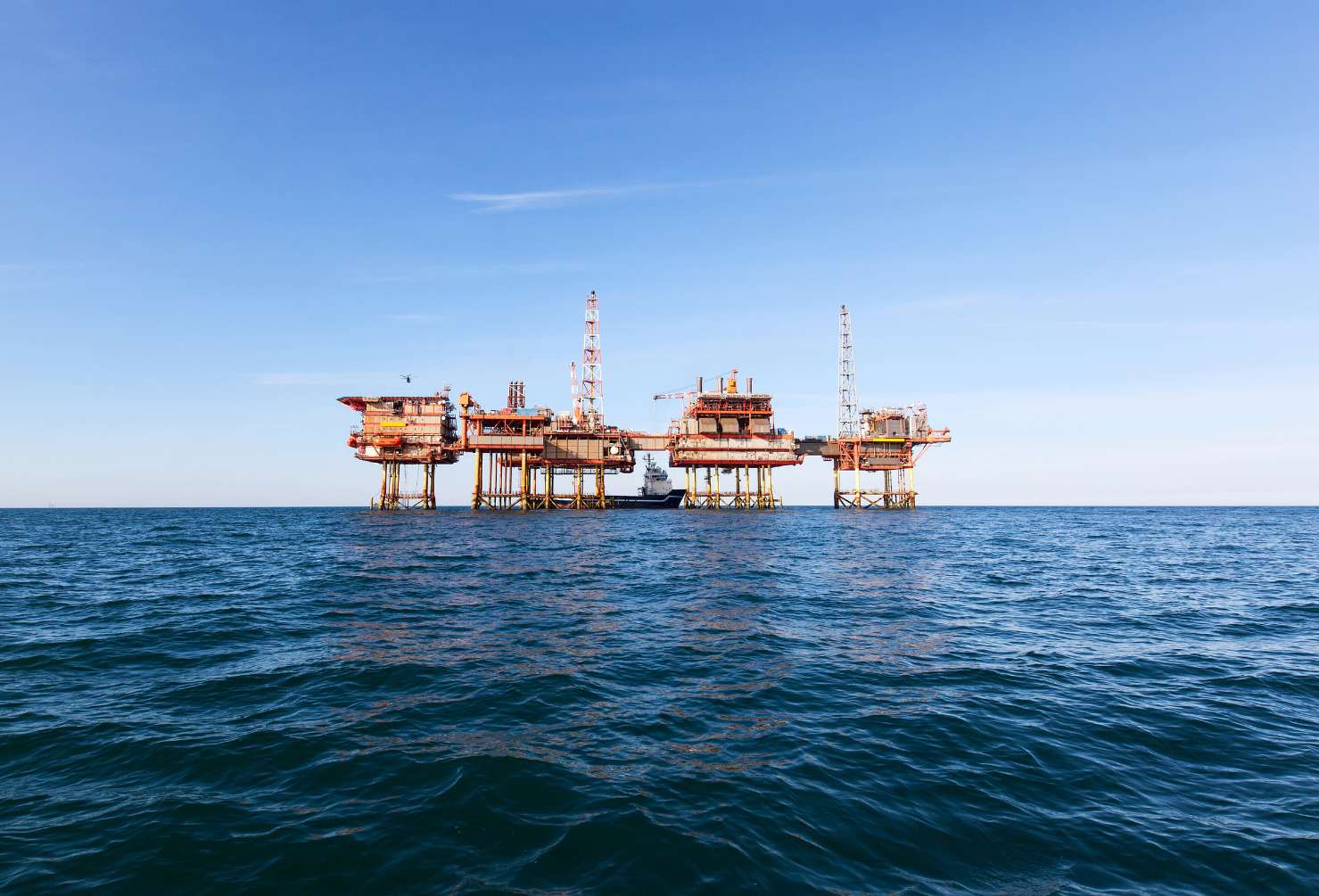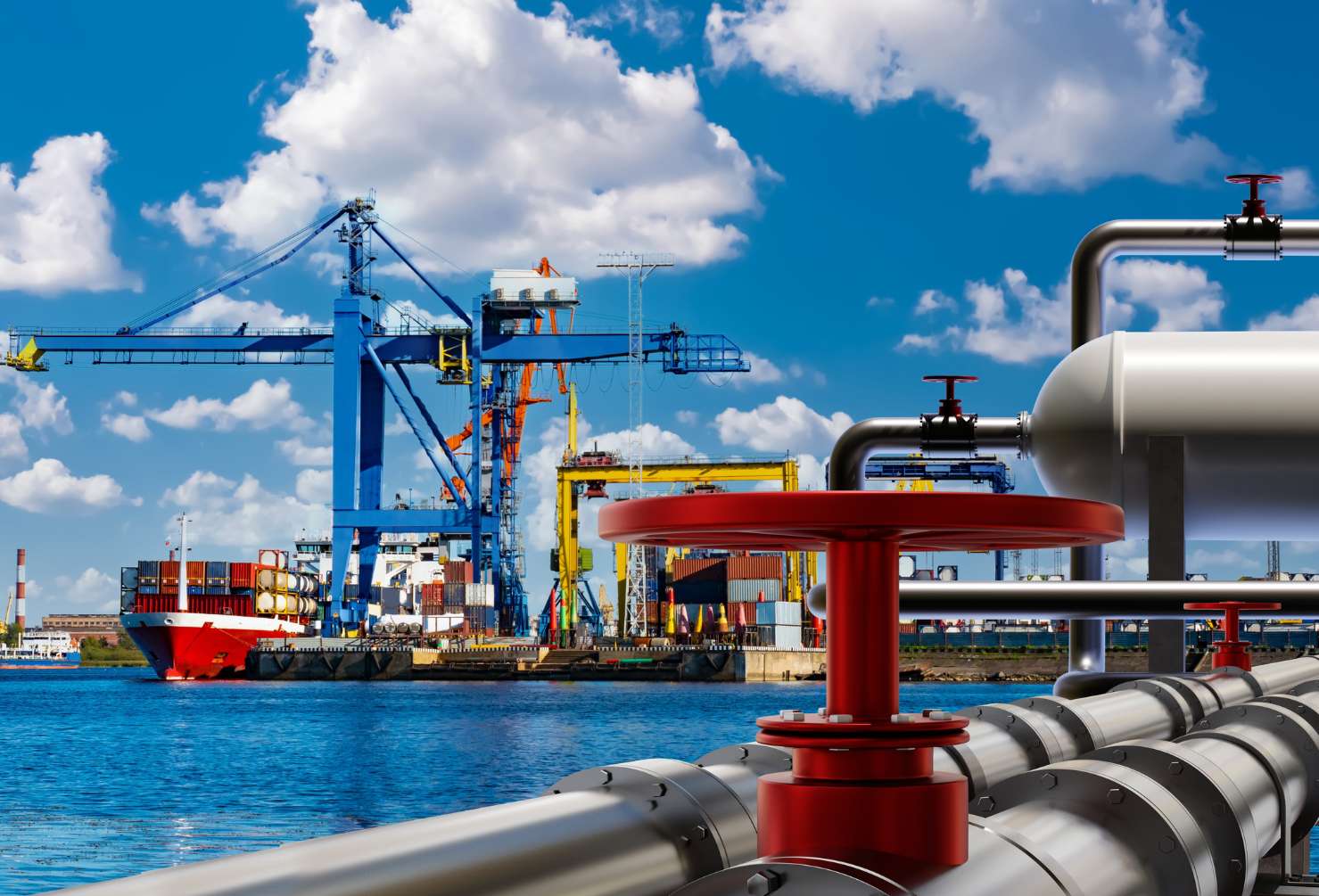
Australia’s oil and gas sector is experiencing a strong resurgence, with major projects advancing across the country. Nowhere is this more visible than in Western Australia (WA) and the Northern Territory (NT). Both regions are attracting significant investment in upstream gas, LNG and related infrastructure, creating fierce competition for skilled workers.
So where is demand for talent heating up most? And what do workers and employers need to know to stay ahead? This article breaks down the trends shaping the labour market in WA and NT and highlights where the biggest opportunities are emerging.
WA: A Long-Established Powerhouse of Gas Development
WA has long been the backbone of Australia’s LNG industry. The region is home to some of the country’s largest and most advanced gas projects. Current and upcoming developments driving demand include:
- Scarborough LNG Project: A major driver of workforce demand, with construction activity ramping up and long-term operations roles on the horizon
- North West Shelf life extension: Approved to operate through to 2070, this project is securing jobs in operations, maintenance and brownfield upgrades
- Pluto Train 2: Supporting Scarborough gas, this expansion is generating strong demand for construction and commissioning workers
WA’s established supply chain, regional hubs and skilled workforce make it a magnet for large-scale investment. However, this also means the labour market is tight, with multiple projects seeking similar skills at the same time.
NT: An Emerging Gas Frontier
The NT’s oil and gas sector is smaller than WA’s but growing rapidly. Key developments include:
- Beetaloo Basin gas exploration: With significant potential reserves, Beetaloo is generating new demand for exploration crews, drilling teams and support services
- Darwin LNG and associated brownfield activity: Continued operations and potential expansion are supporting steady workforce demand
- Onshore gas development plans: The NT government is actively supporting gas as a key pillar of its economic future, with policies aimed at attracting investment
For workers, this means increasing opportunities, particularly for those with skills in exploration, drilling, early-stage development and onshore gas operations.
Where the Competition for Talent Is Strongest
Both WA and NT are creating demand for similar skillsets, including:
- Trades such as fitters, electricians, riggers and scaffolders
- Drilling and exploration crews
- Process operators and maintenance technicians
- Supervisors, project managers and HSE professionals
WA currently has more large-scale projects in active construction and production phases. This means demand for construction, commissioning and operations workers is high and rising. NT, on the other hand, is earlier in the project lifecycle, with growing need for exploration, drilling and development specialists.
FIFO and DIDO Opportunities Across Both Regions
Both WA and NT rely heavily on FIFO and DIDO workforces. Key features of each include:
- WA: Strong FIFO networks from Perth and regional hubs. Well-established site infrastructure and rosters. Workers can often move between major projects within WA.
- NT: FIFO typically from Darwin and interstate capitals. DIDO options are increasing for onshore operations. Rosters can vary, with exploration work often requiring greater flexibility.
For workers, both regions offer well-paid opportunities but also present challenges in terms of roster demands and site conditions. Flexibility and readiness to move between regions can be an advantage.
How Employers Are Responding to Rising Demand
Employers across WA and NT are under pressure to secure talent in a competitive market. Strategies being adopted include:
- Offering more attractive rosters and conditions: Some employers are trialling shorter swings or improved site amenities to attract workers.
- Retention initiatives: Employers are investing in training, development and pathways to leadership to keep experienced staff.
- Local workforce development: There is growing focus on engaging Indigenous workers, regional communities and local contractors to build sustainable talent pipelines.
With multiple projects ramping up at the same time, employers will need to move early and offer clear value to secure the skills they need.
What Workers Should Focus on Now
For oil and gas professionals looking to take advantage of rising demand in WA and NT, key actions include:
- Maintaining current certifications: Offshore tickets, high-risk work licences and trade qualifications will be essential.
- Considering upskilling: Workers who can operate across multiple trades, or have experience in both onshore and offshore environments, will have an edge.
- Exploring leadership pathways: Supervisors, foremen and project leads are in strong demand as projects scale up.
- Being open to mobility: Flexibility to work across regions and project phases will open up more opportunities.
Both WA and NT will offer long-term career prospects for those ready to seize them.
WA or NT: Where Should Workers Focus?
The answer depends on your skills and preferences:
- WA: Best suited for workers looking for roles on large-scale LNG construction and operations projects. Opportunities for experienced tradespeople, process operators and those aiming for leadership roles are abundant.
- NT: A growing market for workers interested in exploration, drilling and onshore development. Good for those seeking to be part of early-stage projects with long-term potential.
Both regions will offer rewarding work, but workers should consider where their experience and ambitions fit best.
Why This Matters for Australia’s Energy Sector
The combined activity in WA and NT is helping to:
- Ensure energy security through reliable domestic gas supply
- Strengthen Australia’s position as a leading LNG exporter
- Support regional economies and job creation
This wave of activity is also critical to supporting the energy transition, with gas playing a central role in balancing the shift to renewables.
At Enxgy, we help workers and employers navigate the opportunities and challenges of a competitive oil and gas labour market. Whether you are seeking your next FIFO role or planning a workforce strategy for a major project, we provide the expertise and connections to help you succeed. Our team understands both WA and NT markets and can support your workforce needs across construction, operations, exploration and beyond. Get in touch to find out how we can help.





